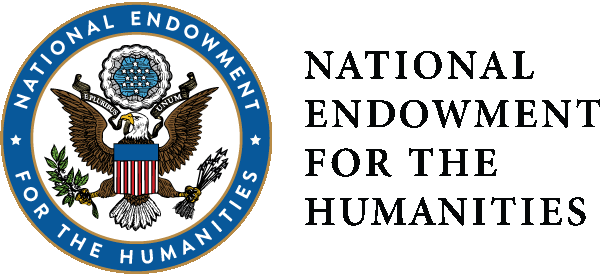Richard Chávez
Richard Chávez
Richard Chávez at the memorial march for César Chávez, Delano, April 29, 1993. Photo by John Kouns.
Richard Estrada Chávez, born on November 12, 1929, in Yuma, Arizona, began working in the fields at a young age, and later became a skilled carpenter, working in lumber mills and joining a carpenter’s union apprenticeship program in San José. He moved to Delano in 1952 and worked on residential and commercial projects establishing as a successful carpenter. He organized and became the president of the local chapter of the Community Service Organization (CSO), the same organization in which César, Dolores Huerta, Gilbert Padilla, and others learned the community organizing techniques that would serve them in their work establishing the National Farm Workers Association (NFWA).
Richard Chávez and delegates applaud on the floor of the UFW’s First Constitutional Convention, Selland Arena, Fresno, September 1973. Photo by John Kouns.
In 1962, after César quit CSO and moved to Delano, Richard supported his brother’s efforts in organizing farmworkers while continuing his work as a carpenter. That year, he became a founding member of NFWA, and he designed the iconic thunderbird symbol for the union’s flag. Later, on October 25, 1963, Richard took out a $5,600 mortgage against his house and lent $3,500 to help establish the credit union, which offered savings accounts to NFWA members and loans at 1 percent interest per month with no collateral.
In 1966, when the union’s grape strike started, Richard became a full-time member of the union, leading the construction of offices, clinics, and service centers when the union headquarters moved to Forty Acres in Delano. He served as the first director of the National Farm Workers Service Center, which later became the César Chávez Foundation, focusing on affordable housing and operating Radio Campesina.
Signpost at a intersection near NFWA’s “Forty Acres,” Delano, ca. 1966
In the spring of 1966, the NFWA purchased a piece of land for the union headquarters named “The Forty Acres.” Richard Chávez led the building of offices, clinics, and service centers. Chávez became the first director of the National Farm Workers Service Center, where farmworkers could find several services: a gas station, a grocery, a health clinic (including dental), a credit union, and other banking and legal services.
From 1972 to 1984, Richard participated in negotiations, directed boycotts, and served as a vice president of the union. In 1973 Chávez organized a boycott in Detroit, convincing chain stores to stop selling grapes and expanding picket line operations to over 60 locations. He also played a role in administering the New York City grape boycott and led negotiations for 130 contracts affecting 30,000 members in 1981. After retiring from full-time union work in 1983, he remained active in the César Chávez Foundation and the Dolores Huerta Foundation.
Richard Chávez, Mack Lyons, and Irwin DeShetler standing together at Forty Acres, Delano, March 10, 1968. Photo by John Kouns.
As Huerta’s partner for more than forty years, they had four children together plus additional 13 kids from previous marriages. After Cesar’s death in 1993, Richard built a pine coffin for his burial in La Paz, with a short-handled hoe placed on top, a dangerous farming tool that was outlawed thanks to the union’s efforts. Richard witnessed when, in 2008, Forty Acres became a National Historic Landmark and he joined UFW representatives, including Dolores Huerta, to meet President Obama in 2010 on Cesar Chávez Day. In 2012, President Obama established the César E. Chávez National Monument in partnership with the César Chávez Foundation. Richard Chávez passed away in Bakersfield, California, on July 27, 2011.
Richard Chávez Tells Two Stories About His Brother César (video)
Richard Chávez tells two stories about his brother, César Chávez—the design of the iconic thunderbird of the UFW flag and the creation of the Credit Union. Richard Chávez spoke at CSUN in 1995, as part of the California Farm Workers Oral History Project. The project was sponsored by the CSUN Provost’s Committee on Chicano/Labor History, the School of Humanities, the Urban Archives, and the Center for Photojournalism and Visual History (now the Tom & Ethel Bradley Center). Editor: Brandon Lien. Photos by John Kouns © Tom and Ethel Bradley Center.
Tom & Ethel Bradley Center
California State University, Northridge
18111 Nordhoff Street, Northridge, CA 91330
Phone: (818) 677-1200 / Contact Us


